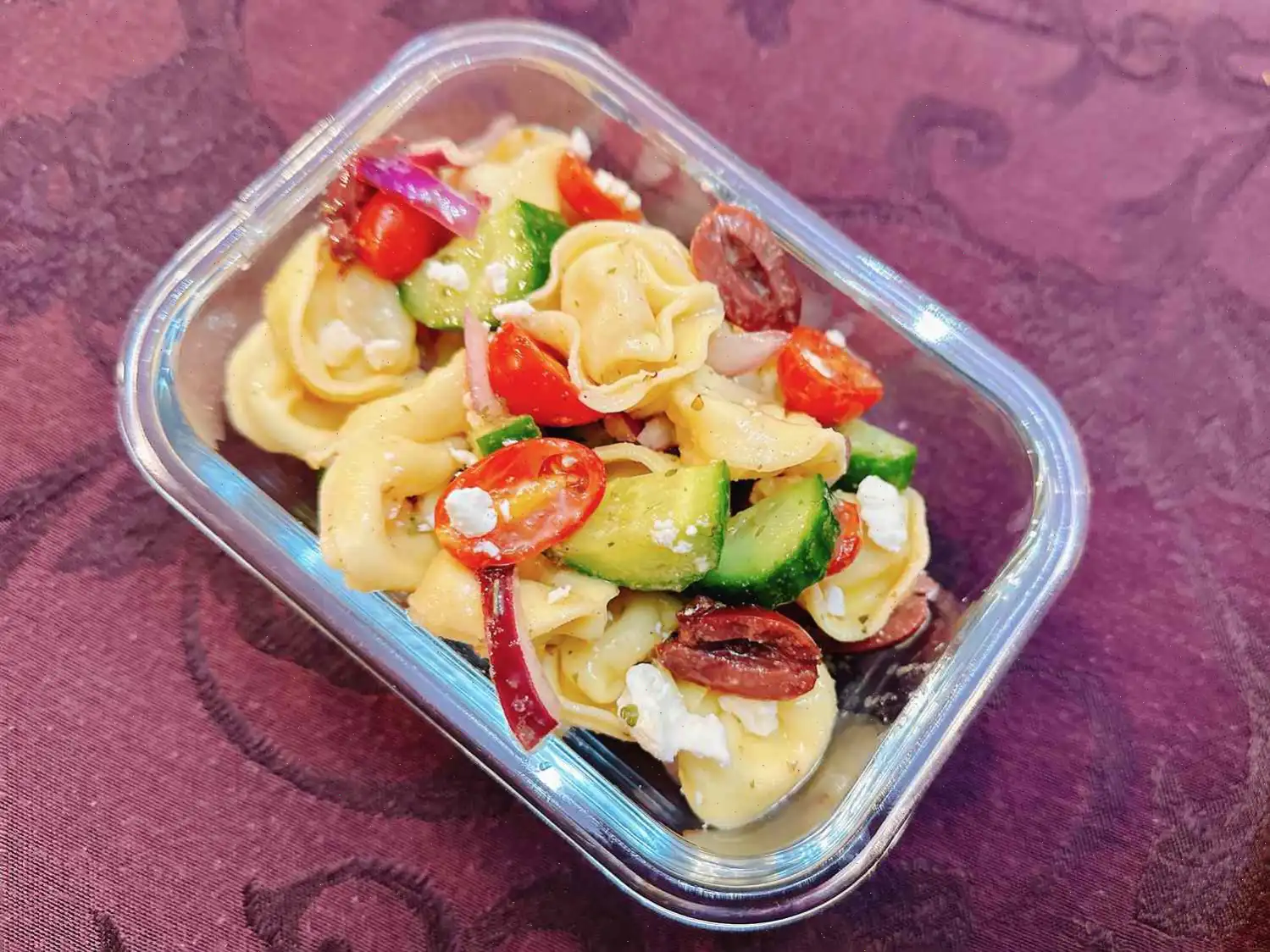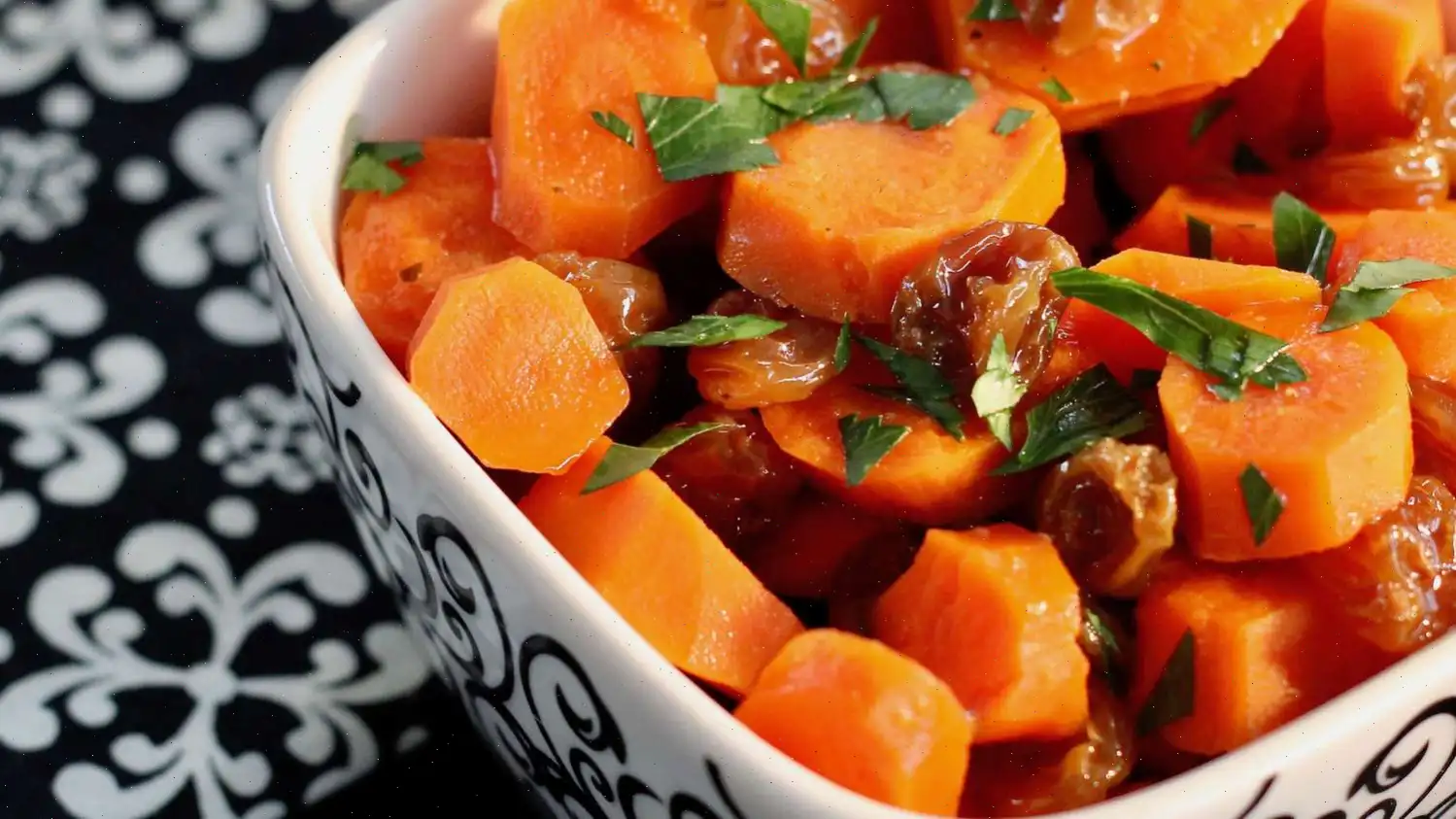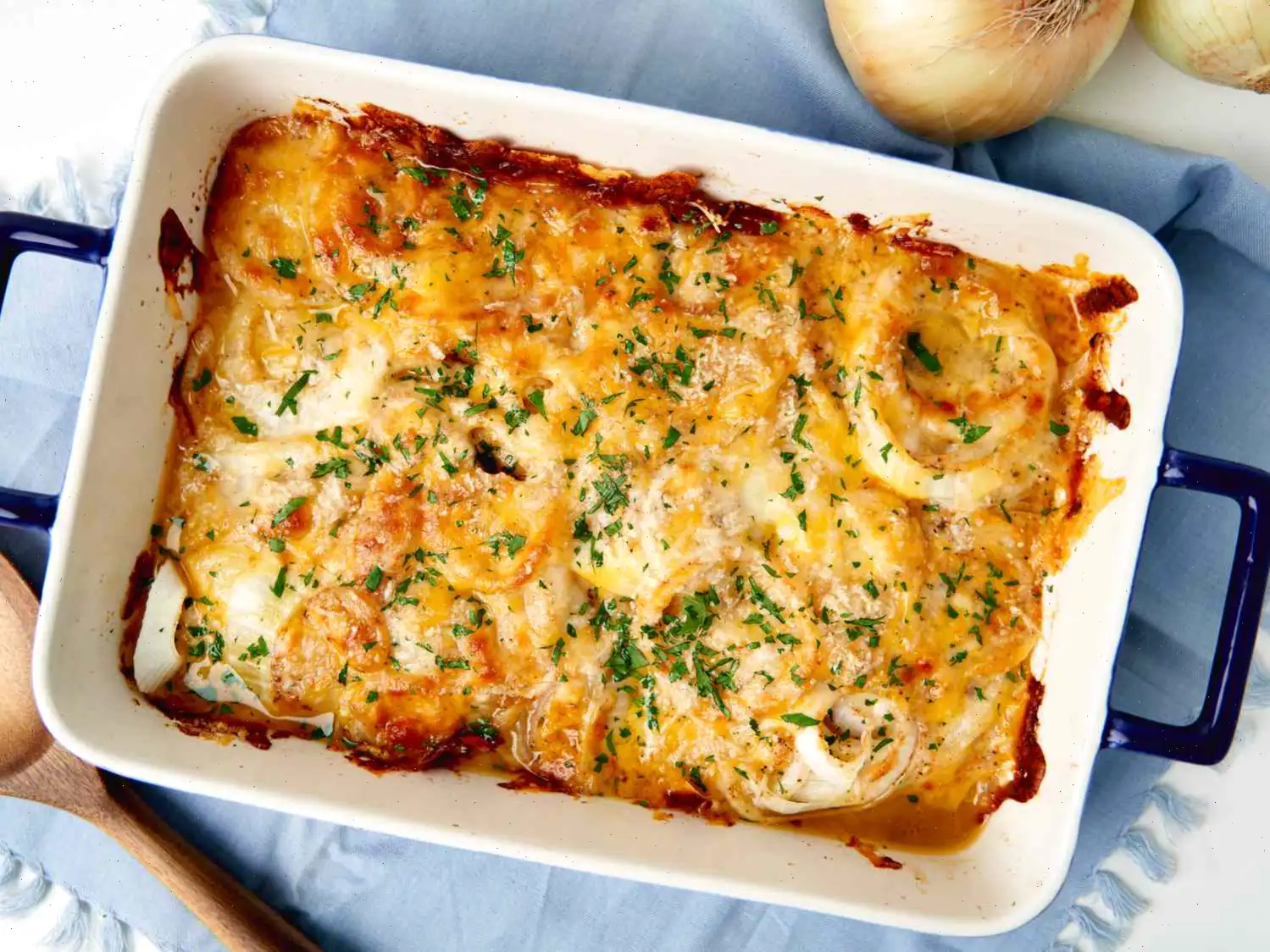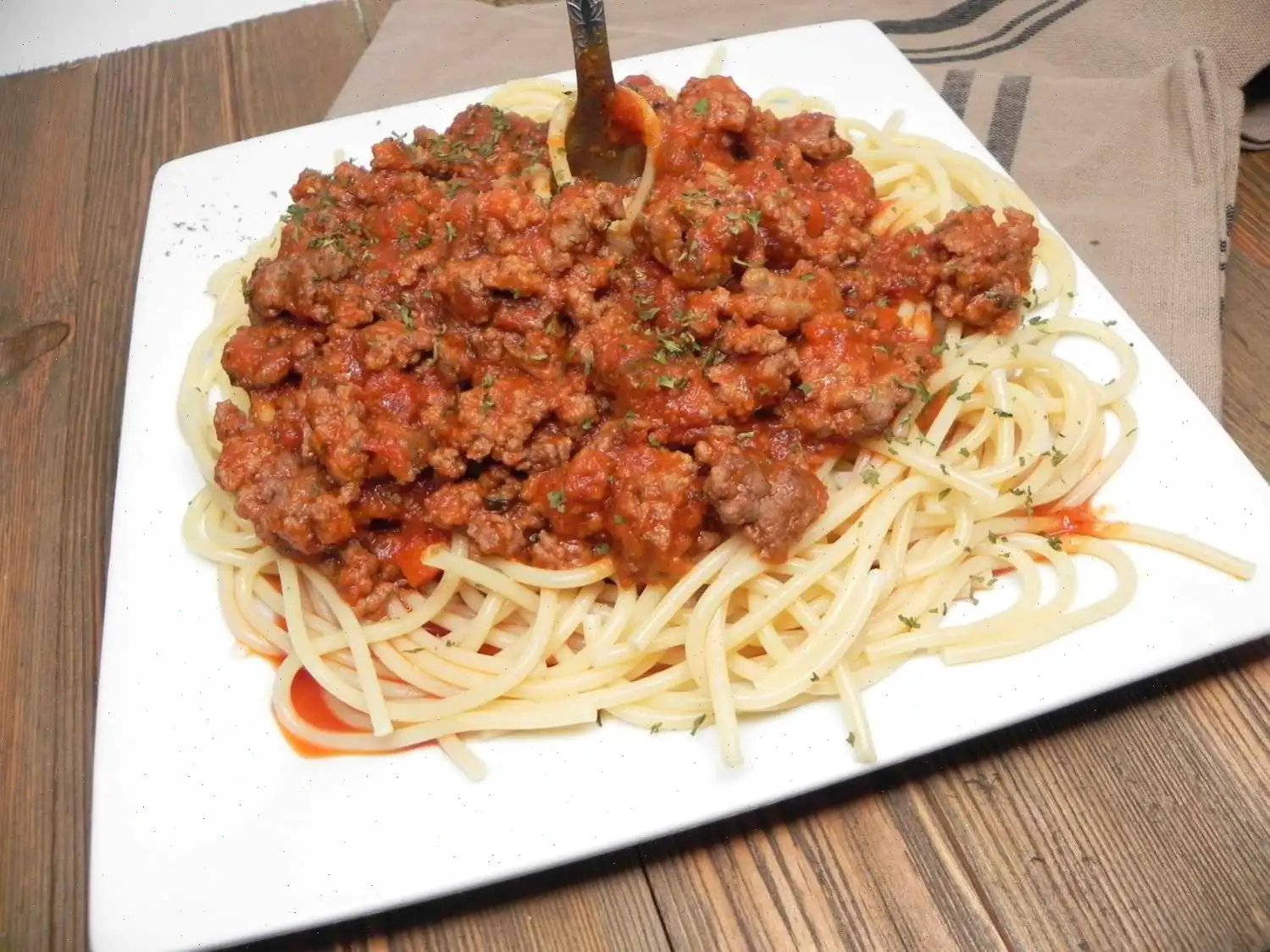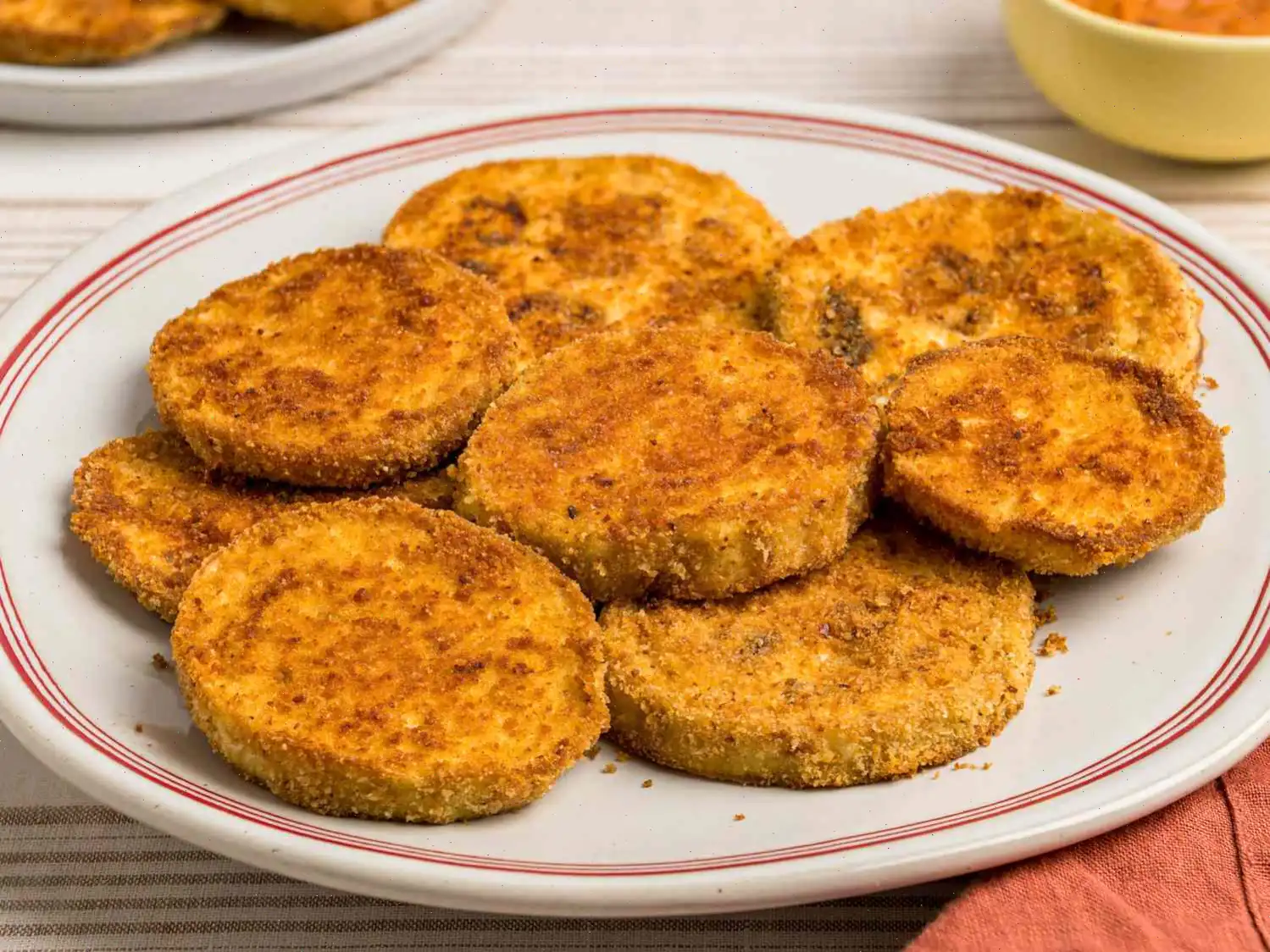
Greek Tortellini Salad Recipe
This refreshing and hearty cheese tortellini salad is packed with crisp vegetables, savory feta, and a flavorful Greek dressing. Perfect for a summer meal or a side dish, it's quick and easy to prepare!
Ingredients
- 18 ounces cheese tortellini
- 4 ounces mini cucumbers, halved lengthwise, then sliced into half moons
- 1/2 small red onion, slivered
- 3/4 cup grape tomatoes, halved
- 1/4 cup kalamata olives, halved
- 3/4 cup olive oil
- 1/2 cup red wine vinegar
- 2 tablespoons Dijon mustard
- 2 teaspoons granulated garlic
- 2 teaspoons dried parsley
- 2 teaspoons dried oregano
- 1 teaspoon onion powder
- 1 teaspoon salt
- 1/2 teaspoon Greek seasoning (such as Cavenders Greek seasoning)
- 1/4 cup crumbled feta cheese
Directions
Step 1: Fill a large pot with lightly salted water and bring it to a rolling boil. Add the tortellini and return to a boil. Cook uncovered, stirring occasionally, until the tortellini float to the top and the filling is hot, about 3 minutes. Drain the tortellini and set aside to cool.
Step 2: In a large bowl, combine the cucumber, red onion, grape tomatoes, and kalamata olives.
Step 3: To make the dressing, combine olive oil, red wine vinegar, Dijon mustard, granulated garlic, dried parsley, oregano, onion powder, salt, and Greek seasoning in a glass jar with a lid. Seal the jar and shake vigorously until the dressing is well mixed.
Step 4: Add the cooled tortellini to the bowl with the vegetables. Pour the dressing over the salad and use a slotted spoon to fold the ingredients together, making sure the tortellini and vegetables are thoroughly coated.
Step 5: Sprinkle the salad with crumbled feta cheese and refrigerate, covered, until ready to serve.
Cook's Notes
- You can find refrigerated tortellini at most grocery stores, including Aldi. I used two 9-ounce packages for this recipe.
- If you're looking for extra protein, feel free to add cooked grilled chicken breast strips to the salad.
Nutrition Facts (per serving)
- Calories: 548
- Total Fat: 36g (46% Daily Value)
- Saturated Fat: 8g (40% Daily Value)
- Cholesterol: 41mg (14% Daily Value)
- Sodium: 1183mg (51% Daily Value)
- Total Carbohydrates: 44g (16% Daily Value)
- Dietary Fiber: 3g (10% Daily Value)
- Total Sugars: 2g
- Protein: 13g (26% Daily Value)
- Vitamin C: 4mg (4% Daily Value)
- Calcium: 189mg (15% Daily Value)
- Iron: 2mg (12% Daily Value)
- Potassium: 199mg (4% Daily Value)
Note: Percent Daily Values are based on a 2,000-calorie diet. Your daily values may be higher or lower depending on your calorie needs. Nutritional information is based on available data and may vary depending on the ingredients used.

This Greek Tortellini Salad is a delightful fusion of Italian pasta and Mediterranean flavors, making it an ideal dish for a refreshing side or a light meal. The salad combines cheese tortellini, fresh vegetables, Kalamata olives, and feta cheese, all tossed in a zesty homemade dressing. Whether you're hosting a summer BBQ or preparing a quick weeknight dinner, this recipe will surely be a hit!
History and Origin
The concept of combining pasta with fresh Mediterranean ingredients has long been a staple in both Greek and Italian cuisine. However, Greek Tortellini Salad, as we know it today, is more of a modern, cross-cultural creation. It merges the traditional Greek salad with Italian tortellini, a popular pasta filled with cheese or meat. Tortellini itself has its origins in the Emilia-Romagna region of Italy, where it was originally known as "tortellini di carne" (filled with meat). The addition of tortellini to a Greek salad is a fusion innovation that combines the comforting, rich pasta with the bright, tangy flavors of Greek cuisine.
Regional Variations
While the Greek Tortellini Salad is most commonly associated with Mediterranean and Italian fusion, regional variations can be found. In Greece, for example, the salad might feature more traditional ingredients such as cucumbers, Kalamata olives, and feta, but without pasta. In contrast, the Italian version would be far more focused on fresh tortellini and a simple dressing of olive oil and balsamic vinegar. The use of tortellini in a Greek-style salad is largely a Western invention, meant to cater to a broader palette and add substance to the dish, making it heartier.
Distinct Differences from Similar Dishes
What sets the Greek Tortellini Salad apart from similar pasta salads or Greek salads is its use of cheese-filled tortellini as the main starch. Traditional Greek salads are typically made with fresh vegetables like tomatoes, cucumbers, red onions, and olives, and dressed with olive oil and vinegar. While this dish retains those ingredients, the addition of pasta adds a creamy texture and a satisfying bite, which makes it more filling. Additionally, the Greek seasoning in the dressing gives it a unique depth of flavor compared to more generic pasta salad dressings.
Where Its Commonly Served
This refreshing salad is perfect for outdoor gatherings like picnics, barbecues, or potlucks, particularly during the warmer months. It pairs beautifully with grilled meats or as a standalone dish for a light lunch or dinner. Given its vibrant flavors and visually appealing presentation, its often served at Mediterranean-themed restaurants or cafes, offering a fusion of Italian and Greek influences on the menu. It's also a popular choice for meal prep, as it can be stored in the refrigerator and enjoyed cold for days.
Interesting Facts
- The term "tortellini" comes from the Italian word "torta," meaning "small cake" because of the shape of the pasta resembling a little ring or bundle.
- Olives and feta cheese are staples in Greek cuisine, both of which are key components in this salad. The combination of these ingredients is known for its antioxidant properties and heart-healthy fats.
- Feta cheese, often called the king of Greek cheeses, has been a part of Greek culinary traditions for over 2,000 years and is made from sheep or goat milk, which adds a rich, tangy flavor to the dish.
- This dish can be easily modified to suit various dietary needs. For a vegetarian version, simply omit any meat additions, and for a dairy-free option, substitute the feta with a plant-based cheese alternative.


